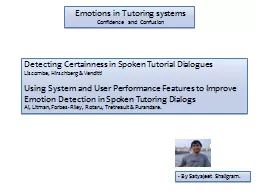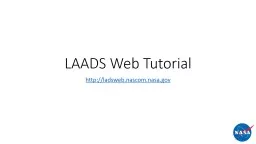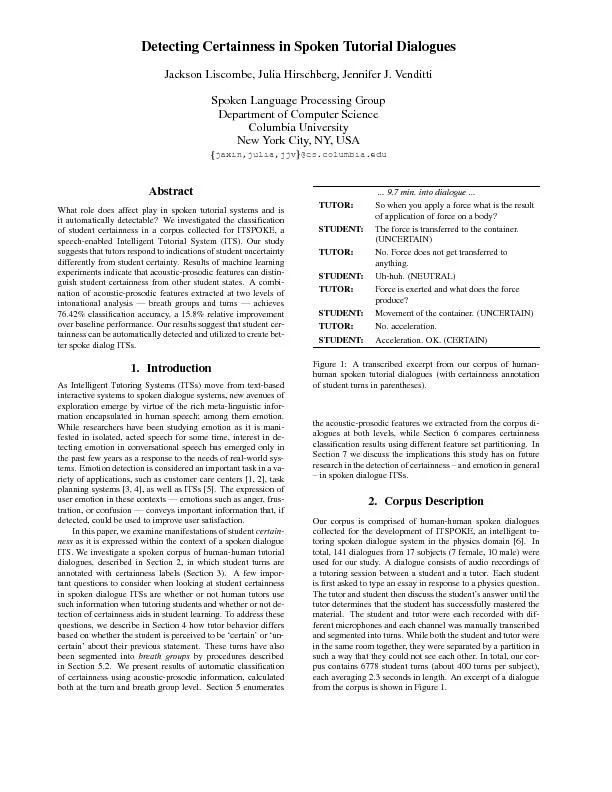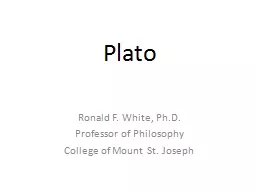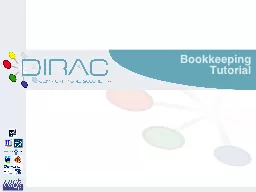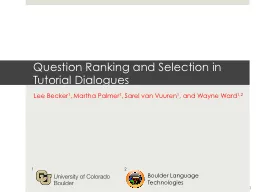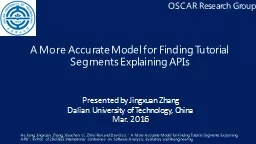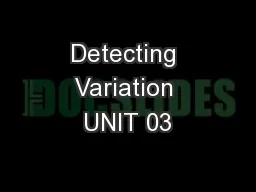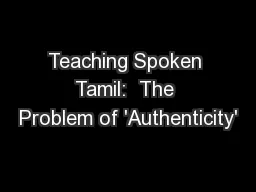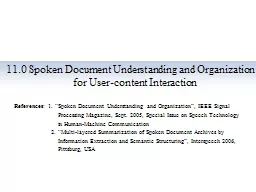PPT-Detecting Certainness in Spoken Tutorial Dialogues
Author : pasty-toler | Published Date : 2016-03-21
Liscombe Hirschberg amp Venditti Using System and User Performance Features to Improve Emotion Detection in Spoken Tutoring Dialogs Ai LitmanForbes Riley Rotaru
Presentation Embed Code
Download Presentation
Download Presentation The PPT/PDF document "Detecting Certainness in Spoken Tutorial..." is the property of its rightful owner. Permission is granted to download and print the materials on this website for personal, non-commercial use only, and to display it on your personal computer provided you do not modify the materials and that you retain all copyright notices contained in the materials. By downloading content from our website, you accept the terms of this agreement.
Detecting Certainness in Spoken Tutorial Dialogues: Transcript
Download Rules Of Document
"Detecting Certainness in Spoken Tutorial Dialogues"The content belongs to its owner. You may download and print it for personal use, without modification, and keep all copyright notices. By downloading, you agree to these terms.
Related Documents

